Welcome back to our series delving into the links between the Sustainable Development Goals and Australia’s textile, clothing and footwear (TCF) industry. This time round, we explore the role the our industry can play in achieving SDG 5; Achieve gender equality and empower all women and girls.
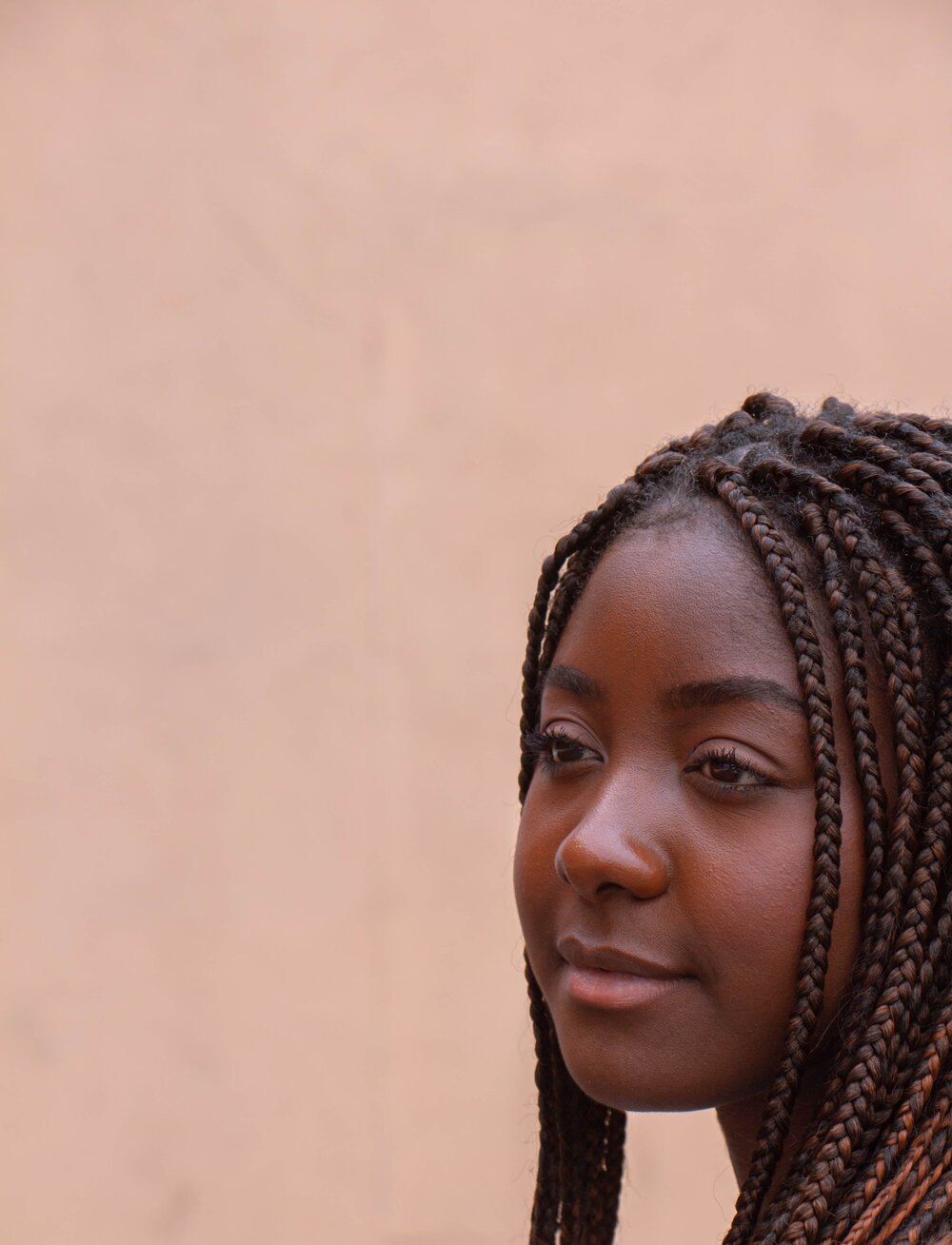
Gender & Fashion: Suggestions for how the TCF Industry can Make an Impact on SDG 5
WORDS | Julie Boulton & Aleasha McCallion, Monash Sustainable Development Institute
Welcome back to our series delving into the links between the Sustainable Development Goals and Australia’s textile, clothing and footwear (TCF) industry. This time round, we explore the role the TCF industry can play in achieving SDG 5; Achieve gender equality and empower all women and girls.
Achieving gender equality and empowering women and girls is at the heart of SDG 5, which is simply and aptly titled “Achieve gender equality and empower all women and girls.” Significantly, in 2017, when SDG 5 was reviewed at the annual SDG global review meeting (the High-Level Political Forum), it was noted that achieving SDG 5 is both an enabler and an accelerator for all other SDGs.
“Gender equality is an enabler and accelerator for all the Sustainable Development Goals (SDGs). The gender-responsive implementation of the 2030 Agenda for Sustainable Development offers an opportunity to achieve not only SDG 5 (gender equality), but to contribute to progress on all 17 Sustainable Development Goals”. [i]
Making efforts on SDG 5 is relevant for the TCF industry; it is estimated that of the 60 to 75 million people that are employed by the TCF industry globally[ii], three quarters are women[iii] and 80% of the world’s garment workers are women. Before looking at ideas of how the TCF industry can ensure that women are treated fairly and equally across the sector, let’s explore SDG 5 in more detail.
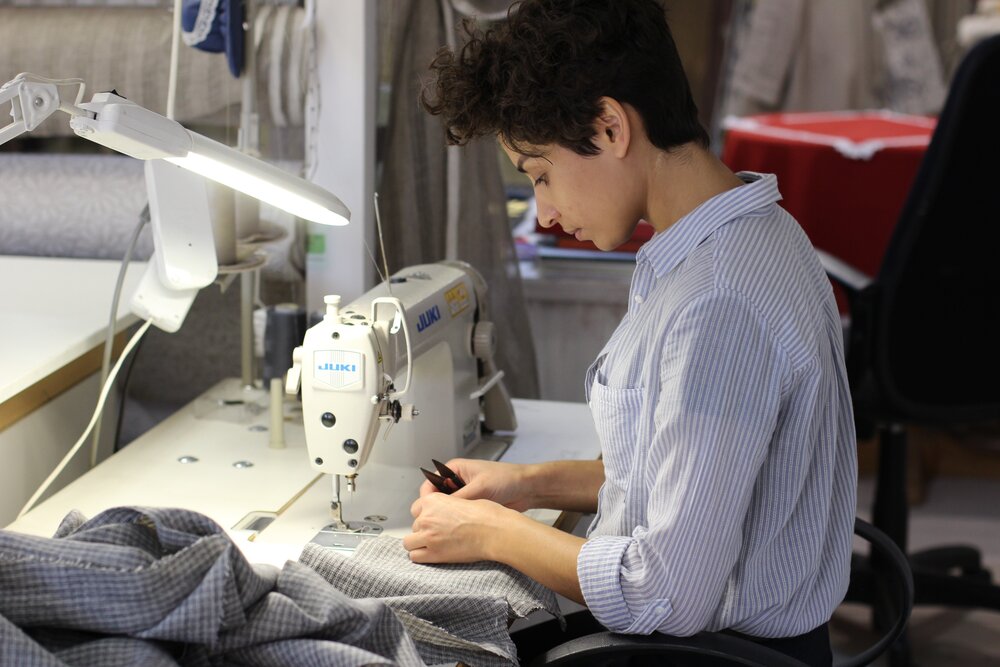
Target 5.1 calls for an end to all forms of discrimination against all women and girls everywhere. This target is to be measured by “whether or not legal frameworks are in place to promote, enforce and monitor equality and non-discrimination on the basis of sex”[iv]
The definition of discrimination used by Target 5.1 draws on prior international agreements, specifically the Convention on the Elimination of All Forms of Discrimination against Women (CEDAW). CEDAW was adopted in 1979 by the UN General Assembly and entered into force on 3 September 1981.
Article 1 of CEDAW defines discrimination against women as “any distinction, exclusion or restriction made on the basis of sex which has the effect or purpose of impairing or nullifying the recognition, enjoyment or exercise by women, irrespective of their marital status, on a basis of equality of men and women, of human rights and fundamental freedoms in the political, economic, social, cultural, civil or any other field.”
Article 2 of CEDAW provides that signatories to it, agree to pursue a policy of eliminating discrimination against women by taking concrete steps to eliminate discriminatory laws, policies and practices in national legal frameworks. “Legal frameworks” encompass laws, mechanisms and policies/plans to “promote, enforce and monitor” gender equality.
Australia signed CEDAW on 17 August 1983 thus committing “itself to being a society that promotes policies, laws, organisations, structures and attitudes that ensure women are guaranteed the same rights as men.”[v] Australia subsequently implemented the Sex Discrimination Act in 1984, which prohibits sex discrimination.
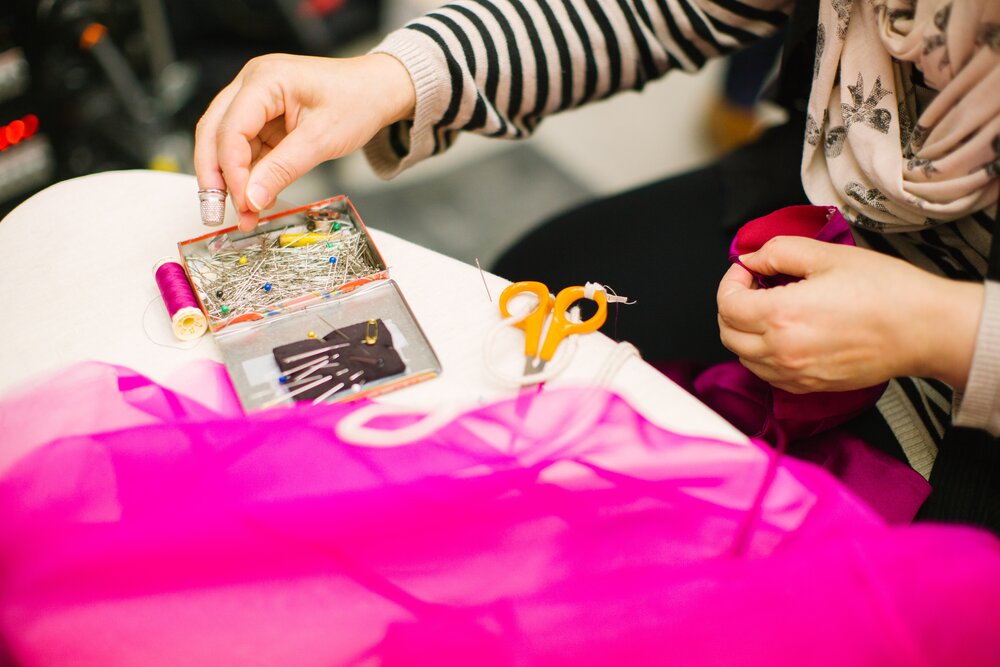
Providing equality of opportunity, which enables and empowers women, is well-known to be a pre-requisite to the eradication of poverty and sustainable development[vi]. The benefits that result from equality of opportunity are seen to extend not just to the women directly affected but also society at large, with positive outcomes including:
· lower household poverty;
· greater economic growth and efficiency; and
· higher productivity.[vii]
“We know that when women have the power to make, spend, save, and control their own money, they make gains not only for themselves but also for their communities”.[viii]
Project Drawdown, the ‘world’s leading resource for climate solutions’ states that educating girls and family planning are within the top 10 of best solutions to combat climate change, (it is solution #6). Project Drawdown states that educating women and girls is a “win-win for the drawdown of greenhouse gas emissions”, stating that;
“Education…shores up resilience and equips girls and women to face the impacts of climate change. They can be more effective stewards of food, soil, trees, and water, even as nature’s cycles change. They have greater capacity to cope with shocks from natural disasters and extreme weather events”.[ix]
This was recently affirmed at the recent Social Good Summit held in New York City, (September), where Dr Alaa Murabit, an SDG Advocate and a UN High-Level Commissioner on Health Employment & Economic Growth stated that the “single most powerful solution for Climate Action, is ensuring women’s education and reproductive rights.”
Progress in reforming laws to promote gender equality has been slow. Two years ago, at the high-level thematic review of SDG 5 by the UN, it was noted that, despite extensive efforts, “women and girls continue to be subjected to discrimination, violence and harmful practices and denied the full realisation of their human rights.”
“Throughout the world, women face barriers in realising their economic rights, due to entrenched gender stereotypes and negative social norms that limit women’s equal access to land, property and financial services, and which in turn shape outcomes for women related to labour markets, entrepreneurship and innovation.”[x]
It is clear that more action is needed by all if we are to make progress, and eventually achieve, SDG 5.
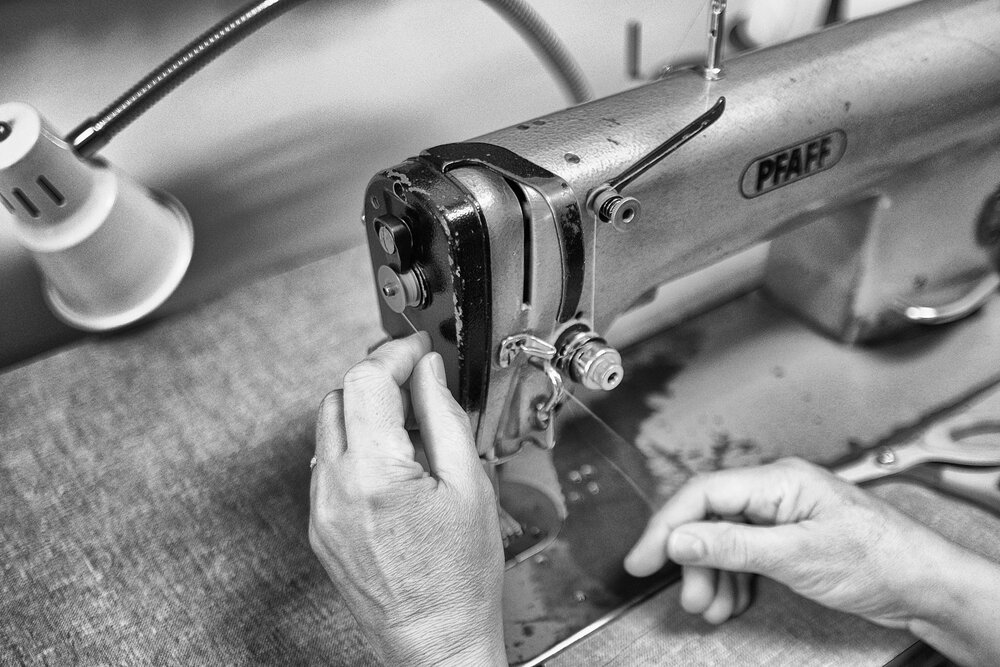
Selecting country manufacturing based on whether there are appropriate legal frameworks in place to ensure that women are not discriminated against, and deepening engagement with suppliers to ensure safe, discrimination free workplaces are two steps the Australian TCF industry could take to progress SDG 5.
The CEO Agenda 2019, produced by The Global Fashion Agenda, lists respectful and secure work environments as one of its four core priorities for immediate implementation. It calls for CEOs to uphold standards for the respect of universal human rights for all people employed along the value chain by “improving work conditions, investing in skill building at manufacturers and promoting topics such as health, safety, financial inclusion, diversity and gender equality.”[xi]
There are a range of practical initiatives and programs available for the TCF industry and consumers to use to assist progressing SDG5.
The Better Work Program (ILO and IFC): focuses on enhancing working conditions the respect of worker rights within the garment industry by offering factories advice and financial help and demonstrates the business benefit of improved work environments to brands and retailers as well as suppliers.
The HER Project: provides workplace training and coaching programs over 12 to 18 months.
Engaging with Fashion Revolution and the #whomademyclothes campaign, is a tool for consumers to use to call for greater brand transparency over who and how clothes were made: in 2018, 3.25 million people asked exactly this question to a variety of brands and it is undoubtedly promoting positive change.
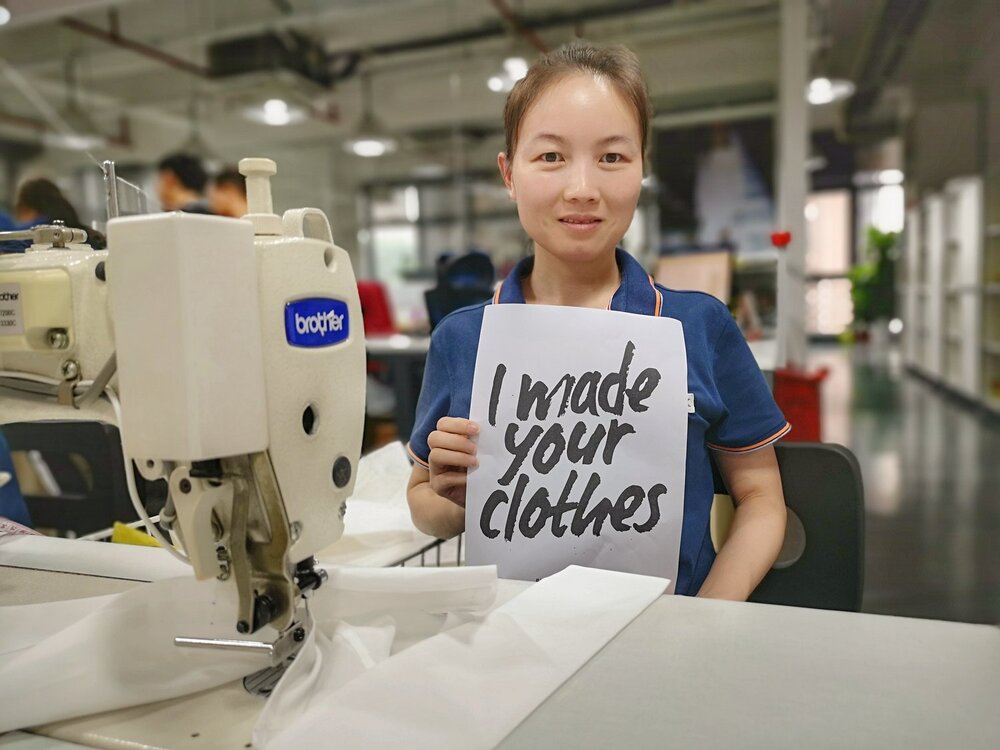
Image | Via AFC Members ELK, taking part in the Fashion Revolution ‘Who Made My Clothes’ campaign in 2019.
There are complex systemic challenges to overcome across the global TCF supply chain but there are things we can do to promote and ensure safe and reasonable working conditions for women. Strong legal frameworks are prerequisites to ending discrimination against women and achieving gender equality (Goal 5, Target 5.1) but equally we need to ensure that these legal frameworks are upheld and enforced. By facilitating, promoting and encouraging positive change, we will all benefit. Melinda Gates in her recent book, The Moment of Lift, sums up the gains that are on offer:
“When women, especially the poorest women, achieve the same status, power, and opportunities as men everywhere, it will mean dramatic social change that propels all of us forward.” [xii]
This article is thanks to Julie Boulton & Aleasha McCallion from Monash Sustainable Development Institute, Monash University. Stay tuned from more from this series as they delve into the SDG’s in detail over the coming months, and join the conversation on Twitter at @MonashMSDI
[i] https://sdg.iisd.org/commentary/policy-briefs/achieve-gender-equality-to-deliver-the-sdgs/
[ii] Global Fashion Industry Statistics - International Apparel' (Fashion United) https://www.fashionunited.com/global-fashionindustry-statistics-international-apparel accessed 16 January 2015
[iii] Celia Mather 'Garment Industry Supply Chains' (Women Working Worldwide) https://www.womenww.org/documents/www_education_pack.pdf accessed 16 January 2015
[iv] Indicator 5.1.1
[v] Australian Human Rights Commission
[vi] UNECE. (2012). Empowering women for sustainable development. [online]
[vii] International Center for Research on Women (2011). Understanding and Measuring Women’s Economic Empowerment. [pdf]
[ix] Project Drawdown, https://www.drawdown.org
[x] https://sustainabledevelopment.un.org/content/documents/14383SDG5format-revOD.pdf
[xi] https://www.globalfashionagenda.com/ceo-agenda-2019/#
© 2024 AUSTRALIAN FASHION COUNCIL All Rights Reserved